It looks like combustion engines are not dead yet and can comply with carbon neutral goals
While more automakers are typically building new electric vehicles (EVs) these days, Toyota stands firm with its hybrid stance. Today in Japan, Toyota, Mazda, and Subaru held a joint conference to discuss the building of new internal combustion engines. The three companies are collaborating to accelerate development and reduce costs.
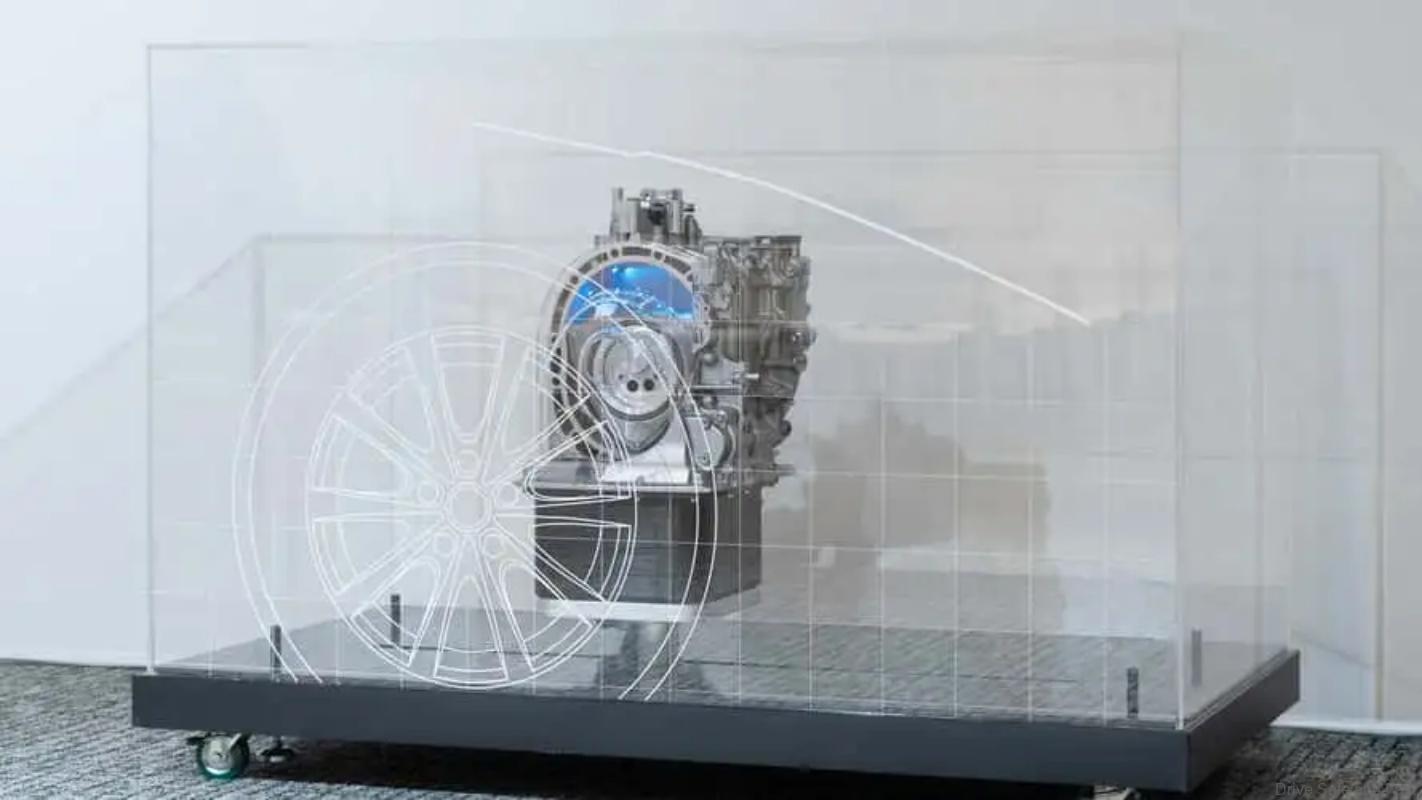
Instead of creating a shared engine for all three brands, each will develop its own “signature engines” to reflect their unique identities. Toyota is working on new inline-fours, while Mazda is focusing on rotary engines and Subaru is enhancing its famous boxer engines. These new powertrains will be compatible with various carbon neutral fuels, including synthetic fuel.
Moreover, during the announcement, the companies showcased samples of future engines. Mazda displayed both single and dual-rotor engines designed for EV applications. As seen in the MX-30 and the Iconic SP sports car concept, the rotary engine acts as a generator to charge the battery, rather than driving the wheels.
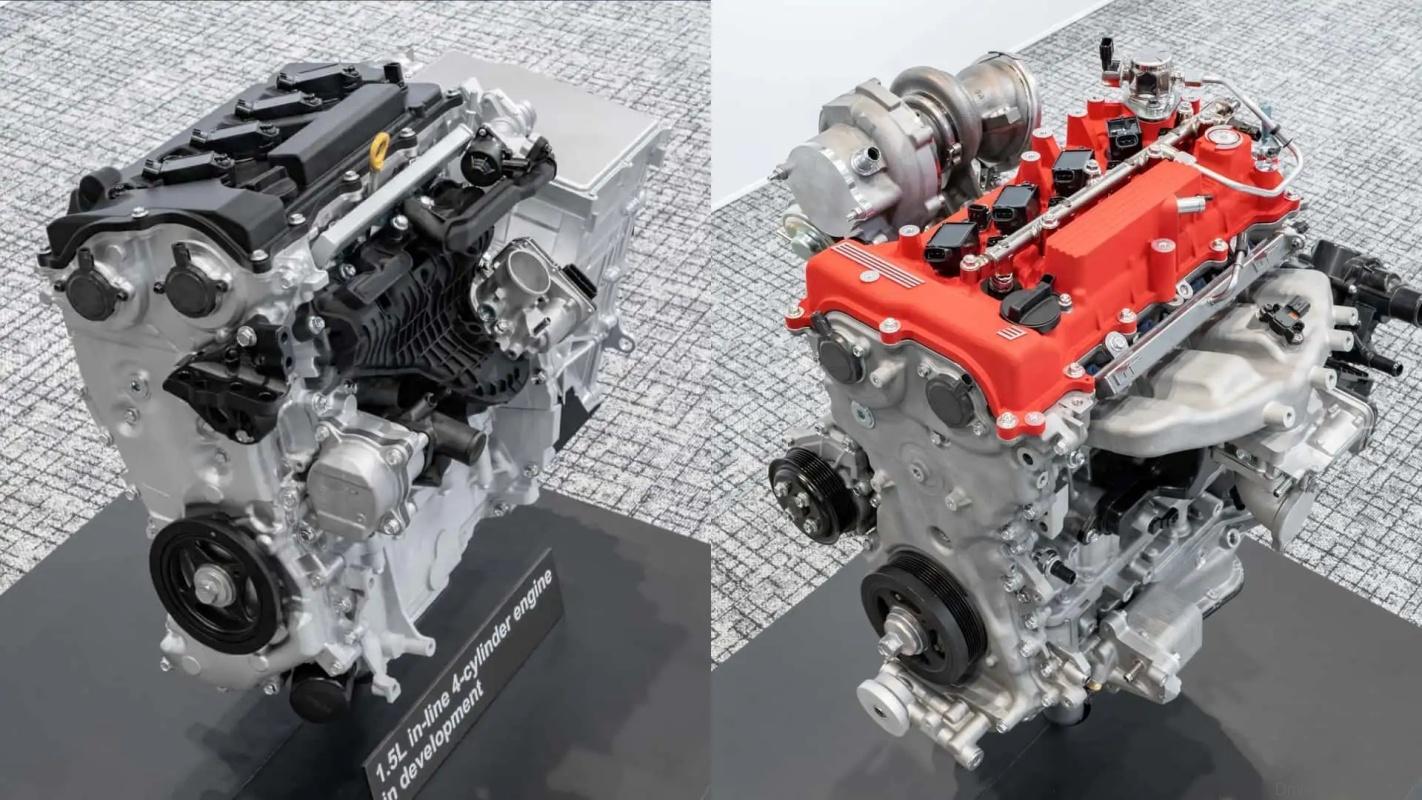
Mazda hinted that while the rotary is “currently used for generators,” this could potentially change soon and Toyota presented two inline-fours under development, a 1.5-liter unit displayed separately and within a prototype, and a larger 2.0-liter engine. Toyota highlighted that both engines feature “high output and high thermal efficiency.”
On top of that, Subaru showcased a next-generation hybrid system inside a camouflaged Crosstrek prototype. While the current third-generation model sold in the United States lacks a hybrid option, other markets have an electrified version that combines a 2.0-liter boxer engine with a 12.3-kilowatt electric motor and a small lithium-ion battery pack.
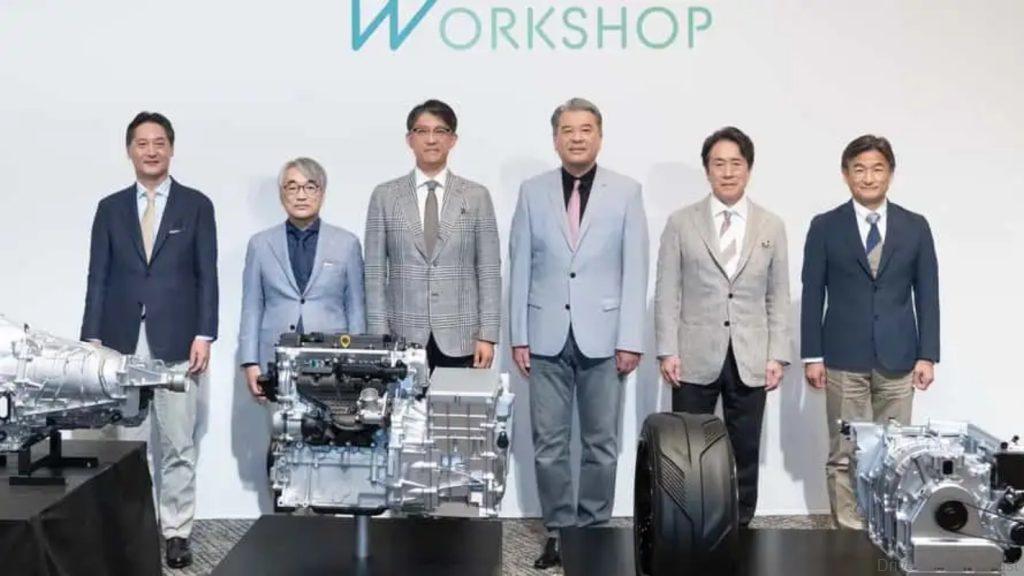
Despite their collaboration, Toyota, Mazda, and Subaru emphasised that they will remain competitors. The new engines, being smaller, will allow for lower hoods on future models, improving aerodynamics and efficiency while giving designers more freedom. Healthy competition is always good for the consumer so let’s see what we get now.
Another shared objective is to integrate motors, batteries, and other electric drive units into these next-generation combustion engine models. These engines are expected to deliver better performance, promising more enjoyable driving experiences from future models. This means we may see more applications for these engines than anticipated.
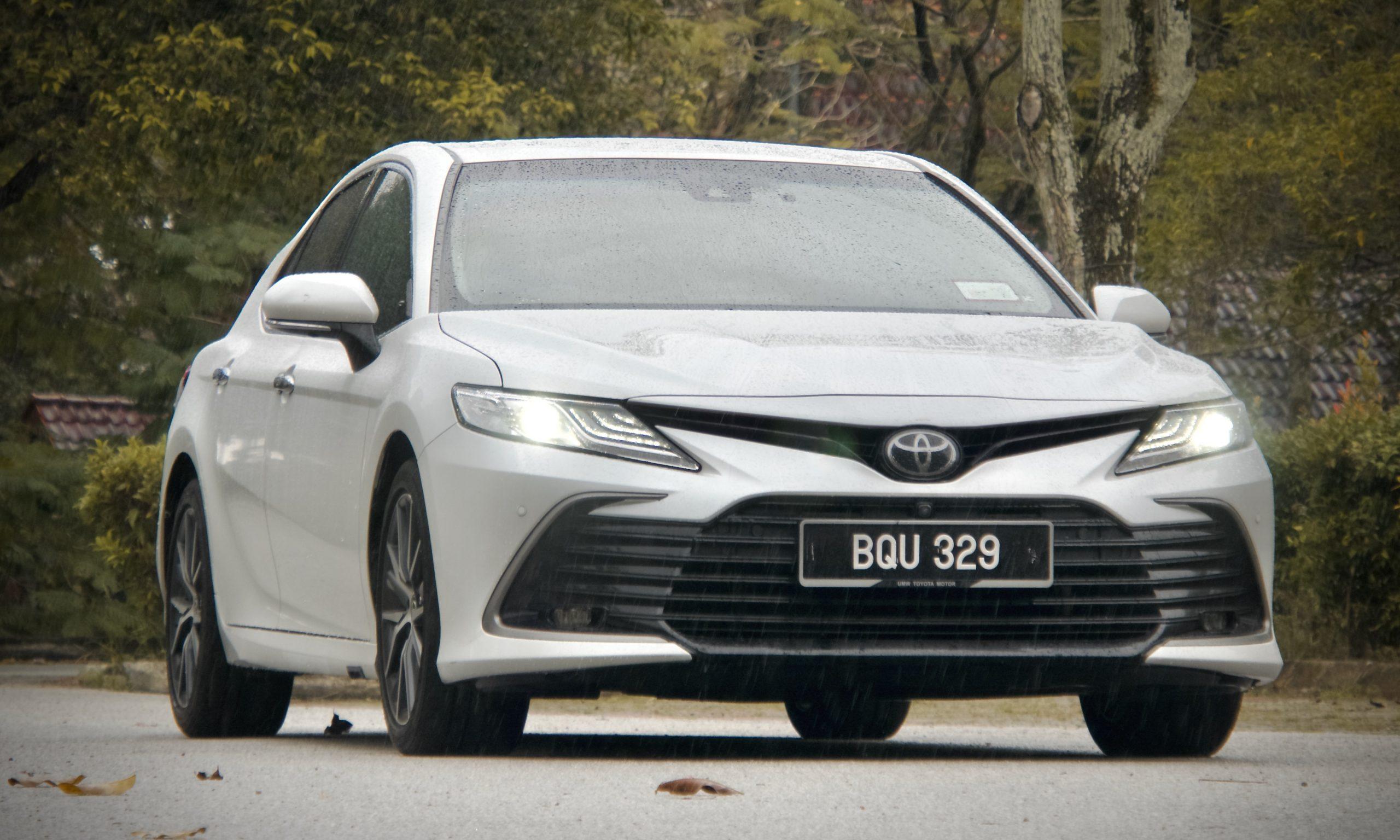
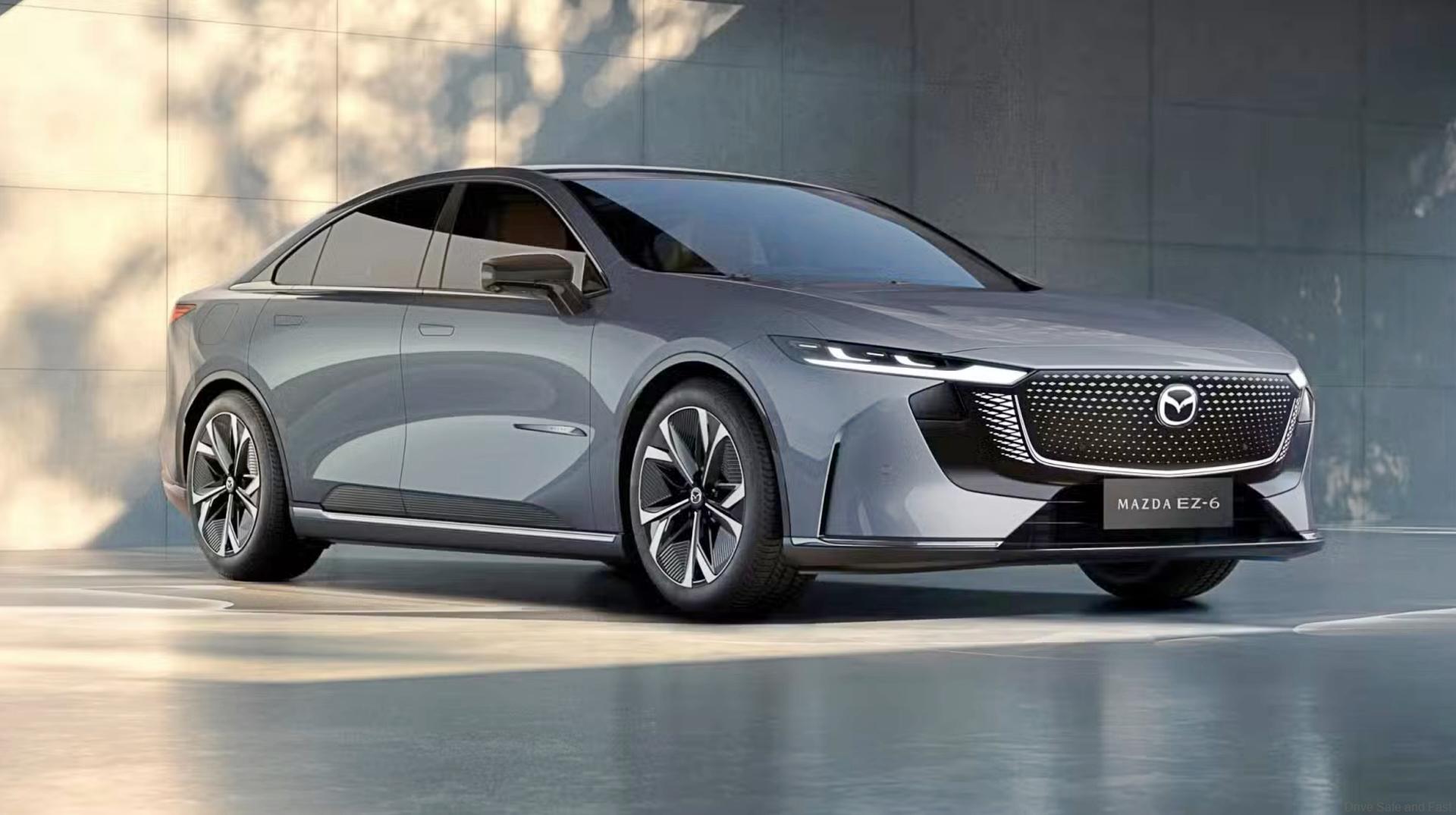
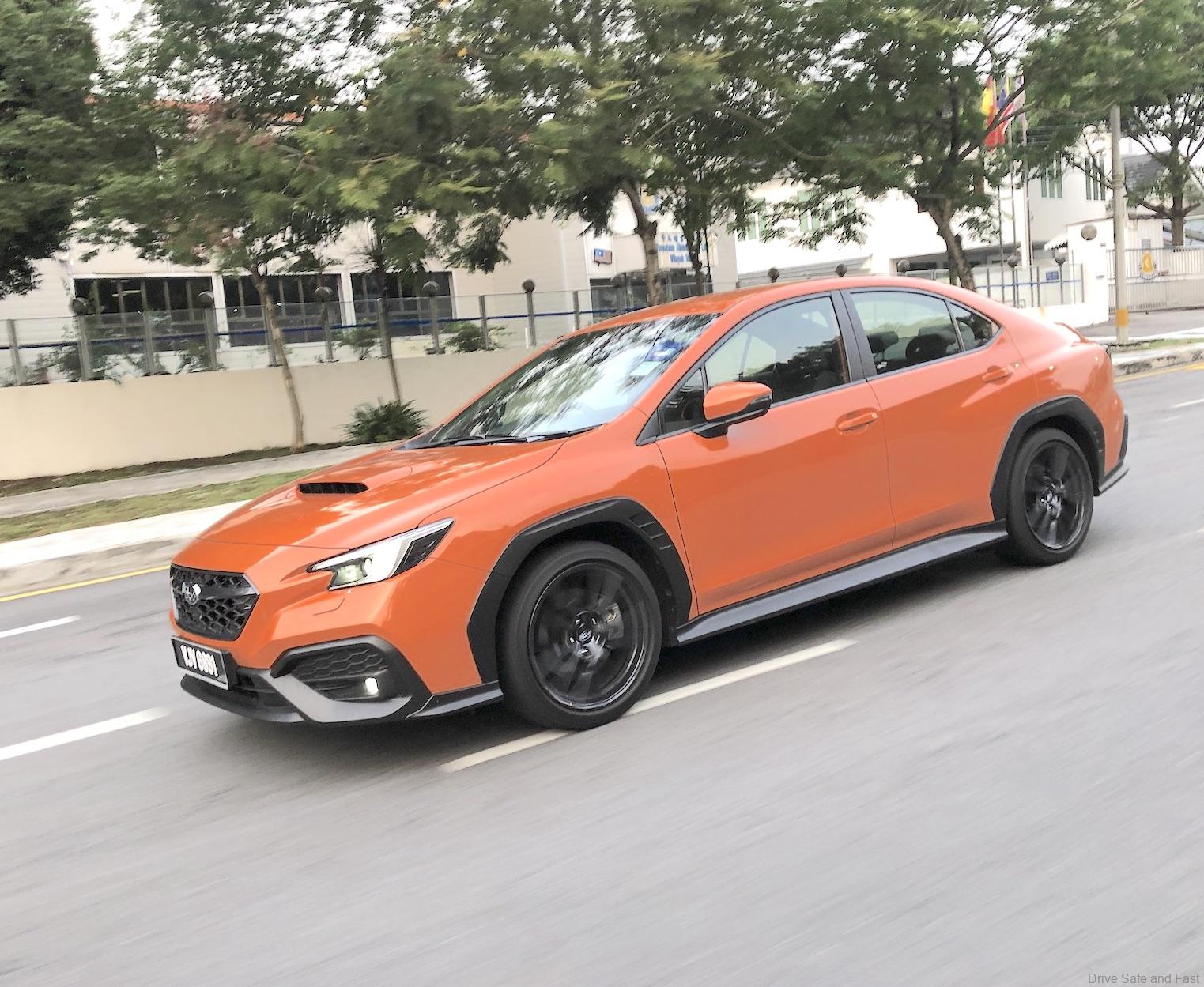
We got all this from Motor 1 and their full article is linked here. Thank you Motor 1 for the information and images.



